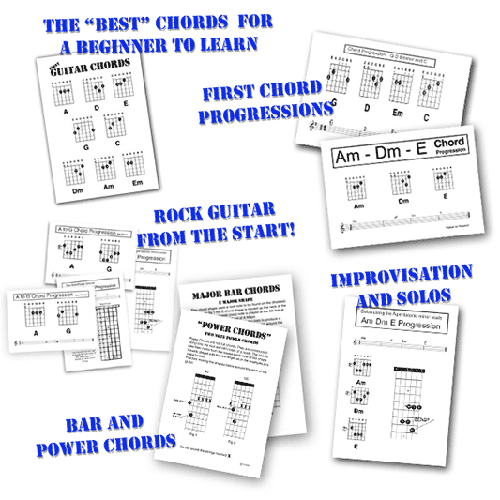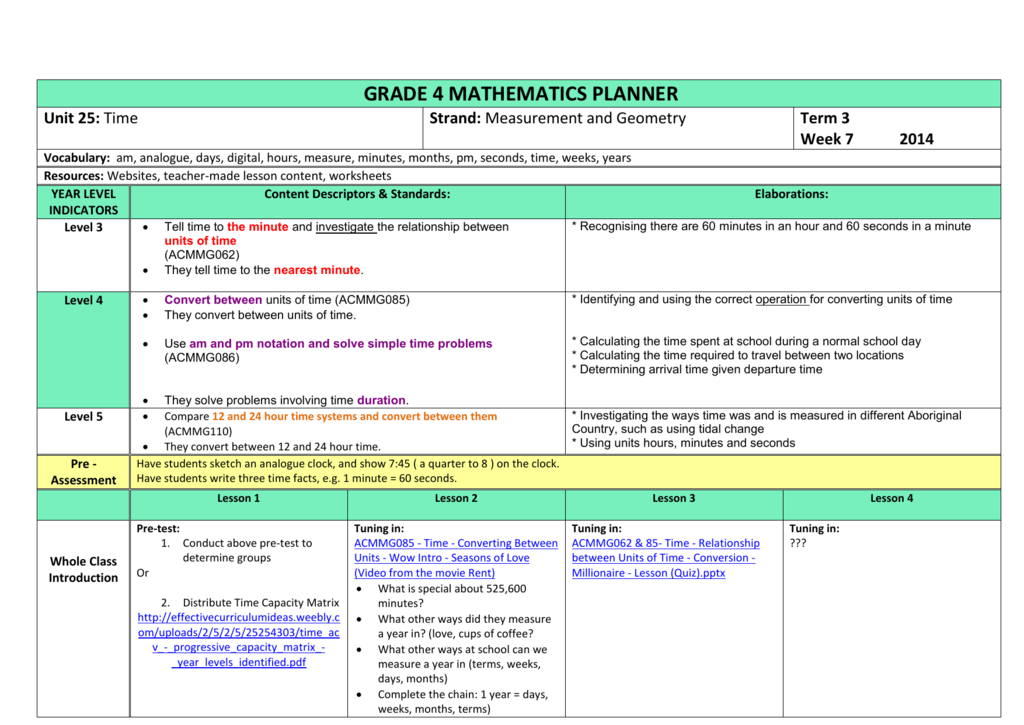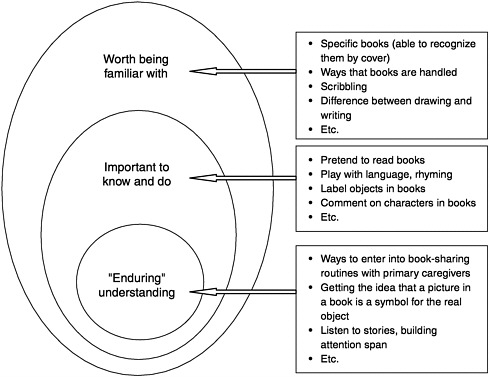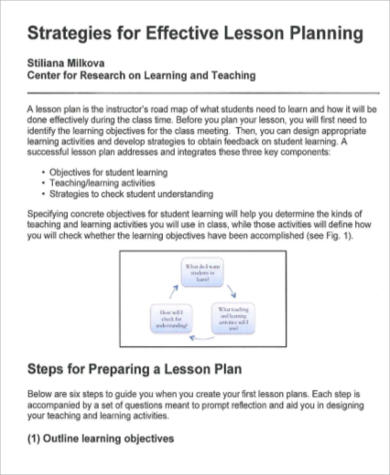- Main Subject:
CPD - Subject:
Curriculum - Date Posted:
01 August 2014
It takes guts to develop units of work from scratch, but Jonathan Lear’s creative curriculum framework may just provide the courage you need to take the first step...
Find part one online
If you missed the first instalment of Jonathan’s article on the Guerrilla Curriculum, you can find it here: teachprimary.com/guerrilla1
Elements from the rhetorical curriculum are comprised from ideas offered by policymakers, school officials, administrators, or politicians. This curriculum may also come from those professionals involved in concept formation and content changes; or from those educational initiatives resulting from decisions based on national and state reports. Explore differences in words that. Talking about effective words that describe a place, person text structures and language features (VCELY186). Finding key information in a text. Making inferences about characters’ feelings and motives. Building knowledge about the topic of the text and learning new vocabulary before and during reading.
An early childhood curriculum web approach to planning allows you to put your students' interests in the heart of the lessons. The method gives you flexibility in branching out and exploring ideas. Nov 20, 2000 Six Principles of Effective Curriculum Design for Inclusion Big Ideas. Limit the number of new concepts introduced in a lesson, and focus first on the most basic concepts before advancing to the more complex concepts. Be sure that students understand one concept before introducing the second. Elements from the rhetorical curriculum are comprised from ideas offered by policymakers, school officials, administrators, or politicians. This curriculum may also come from those professionals involved in concept formation and content changes; or from those educational initiatives resulting from decisions based on national and state reports.
In the last issue, we looked at the new framework that’s been used at my school to develop a balanced and broad creative curriculum.
It includes core skills that are central to everything we do, and key skills, which are mapped to specific terms of the year. We also discussed how each term of the year has a theme - ‘Discover’, ‘Explore’, and ‘Create’ - with a particular subject focus. In autumn it’s history, followed by geography in spring, and the arts in summer.
As a framework, things are looking good, but as with any curriculum development it’s all a waste of time if nothing really changes in the classroom. With the exception of the children, (and possibly the caretaker), the most important people in education are the teachers.
Building a truly creative curriculum means taking control of the framework and designing creative learning opportunities. It’s exactly the sort of thing teachers should be doing, but there have been so many constraints within the curriculum that many of us haven’t had the time or thinking space to do it. Instead, we may have relied on QCA units, or topics taught in our schools year upon year.
Having to form units of work from scratch can be a daunting process, and there is a certain amount of bravery required for this next ‘make or break’ step. It’s especially difficult to create rigourous units with the correct balance of knowledge and skills if these unit are based solely on the National Curriculum document. In the current history programme of study, for example, the skills are presented in a short preamble before we get to the clearly laid out knowledge section. In contrast, staff at our school have put together ‘skills progression grids’ for all foundation subjects to ensure crucial skills are not lost under the weight of content. Going through this process has meant that, alongside the curriculum document, teachers (and subject leaders) have a clear understanding of which skills to include within schemes of work, and how these skills are developed throughout children’s time at school.
Big ideas
With all of the building blocks in place, it’s time to get to the good bit. All the underlying structure we’ve looked at so far is there for one main reason – to allow teachers the freedom and space to develop big ideas.
To support staff at our school with this exciting opportunity, I use the acronym BRAVE:
Bold
We wanted teachers to develop big, broad, generative topics that were full of possibility. We wanted to encourage them to ask ‘What if..?’
Relevant
We wanted the units to be contextualised, culturally and geographically relevant, and purposeful.

Aspirational
We wanted staff to have high expectations in terms of learning and outcome.
Varied
We wanted children to be given the opportunity to work in different ways. This might include teacher-led and child-led sessions; individual, group and classwork; and use of the indoor and outdoor environment.
Engaging
Above anything else, we wanted our children to be inspired, engaged and immersed in their learning.

Along with this ‘big ideas’ tool, I went back to Bloom’s Taxonomy of learning to provide us with the verbs we’d need for the finer detail of planning clear and concise objectives. Bloom’s Taxonomy is widely available, and it took no time at all to convert the examples I’d found into a usable, primary-friendly version based on the headings Remembering, Understanding, Applying, Analysing, Evaluating, and Creating.
The Challenge
To kick-start the creative process, I worked with teachers on the idea of presenting a ‘challenge’. This could come at the start of the unit, be something that would form the outcome, or be a bit of both.
In Year 4, for example, the topic name I settled on for the Discover term was Movers and Shakers – this came from the poem by Arthur O’Shaughnessy, and I really liked the idea of applying this historically to explore the individuals or groups of people who have shaped Britain. Whilst this had the potential to span any point in history, the teacher decided working on the Anglo-Saxons would work well.
Drawing on the brilliant work of Dorothy Heathcote and the Mantle of the Expert (mantleoftheexpert.com), the challenge is created to draw children into a fictional or fantasy world. In this example, although the world is fantasy based, it is historically accurate. The children rise to the challenge by running an enterprise within this world and gradually taking on more responsibility.
To create the challenge there needs to be a client with a problem. The client in this case was a Saxon man named Algar. One unsuspecting morning, the children’s learning is interrupted by a strange figure wearing unusual clothing. The stranger is unable to speak, but delivers a letter written on old parchment to the startled class.
Dear children,
My name is Algar. I am a proud Saxon man, and whilst it is not in my nature to impose myself upon others, I feel that I have no choice.
Last night, my village was attacked by the Northmen. Our homes were set alight, our crops destroyed, and the tools from my workshop were stolen.I am fearful that they may return and feel unable to protect my wife Beatrix and our two young children.

Effective Curriculum Development
It is imperative that our village be rebuilt so we may fend off these barbaric raiders. I beg that you find it in your hearts to help us in these most dangerous times.
Yours expectantly
Algar
Winterfilleth 835
The key to a challenge such as this is not necessarily that children believe it to be true, but that they are happy to imagine the world that is being created. Being able to identify and then care about the long-term goals of the client will create an environment in which the children are able to develop their role as experts in running the enterprise.
The challenge in the letter can be summed up in one line: ‘It is imperative that our village be rebuilt…’
The response we’re after from the children is one of wanting to help and, if pitched well by the teacher, they’ll be desperate to get started.
The question
If we’re going to help Algar rebuild his village, where do we start? What do we need to know?
In returning to the letter, it becomes apparent there are several clues that might help us. With support, the children are encouraged to draw out questions that will have to be answered if we’re to be successful in our challenge. For example:
There was mention of homes being set alight – what homes? What did they look like? How many homes or building were there in a Saxon village?
Crops were destroyed – what crops? Who were the crops for? Did the Saxons cultivate and sell crops, or just grow them for themselves?
The tools from Algar’s workshop were stolen – what did he make in his workshop? What skills did he have?
Who were the Northmen? Where were they from? Why did they attack the village? There’s a date on the bottom of the letter; is this important? Could it tell us something?
The questions generated form the basic lines of enquiry that will be followed throughout the topic. Whilst there may be other smaller challenges presented along the way, these opening questions help children to become immersed in their work.
Direct teaching or child-led learning?
In taking the topic forward, we need to address the balance of direct teaching and the opportunities for child-led learning. Ultimately, the children won’t succeed if they lack historical knowledge about the Saxons. There are different ways in which pupils can gain this knowledge and all need careful thought. Too much direct teaching and children could lose the sense of being part of an imaginary world – they’re just back to ‘doing lessons’ again. Equally, too much child-led learning may feel chaotic. Whilst the children may be ‘busy’, they may not be doing anything productive.
Direct teaching is pretty much our bread and butter as teachers, so we’ll take a closer look at the trickier child-led learning.
If the children are to develop their historical understanding through exploring this fantasy world, we need to be ready to guide them. To help with this, two of the most useful factors we can focus on are ‘environment’ and ‘activity’.
Environment – how are we going to resource or restrict the environment to provide direction for the children’s investigation of this time period?
To guide children towards a particular area of learning we might use reference materials, books, photographs, diagrams, drawings or paintings. We could restrict the resources we provide in order to develop particular skills (taken from the skills progression grid). For example, the children could be given an artefact or a photograph that will allow them to use their observational skills to answer some of their questions. But the artefact might also open new lines of enquiry, drawing pupils deeper into their learning.
Activity – how will we support, structure, or scaffold the children’s learning?
Use of the internet can be difficult, as an awful lot of content isn’t necessarily written for children and isn’t accessible. To allow them the opportunity to research for themselves, we could scaffold this process by identifying suitable online resources and creating QR codes that can be scanned, taking the child to the relevant information. The codes could be stuck around school in appropriate places – information about crop cultivation could be ‘hidden’ next to the school veg patch, or a near a flower bed.
We could ensure that particular elements of Saxon life are explored by supporting research opportunities with keyword or question cards. In each case, although the teacher has put in a lot of behind the scenes work, they are passing on the role of expert to the children.
With a healthy balance between direct teaching and child-led learning, the children will deepen both their historical knowledge and understanding, and their immersion in the fictional enterprise.
As the topic progresses and the children develop and reflect on their learning, they will arrive at the point where they can begin to rebuild Algar’s village. If we’re staying true to our BRAVE philosophy, this will mean all-out transformation of the classroom into a Saxon village. (If you’re feeling a little less brave, I suppose a small model would do.). At school, we’ve invested in huge sheets of cardboard for exactly this purpose, so the children can build structures they can actually fit inside.
About Effective Curriculum Ideas Preschool
As the children will lead the outcome (meeting the challenge), it may not be pristine and perfectly painted, but it will be historically accurate, and it will be their work.
Whilst the Anglo-Saxons feature in the new history national curriculum, I doubt this is exactly the experience Mr Gove had in mind. It is, however, a powerful reminder that, whilst there might be times when we ignore what we’re told to do, there are occasions when we can take something that’s potentially sub par, and turn it into something that’s undoubtedly great. Which, in a nutshell, is exactly the kind of subversive tinkering that Guerrilla education is all about.
What if they did?
As a final twist to the Anglo-Saxon topic, we could return to the original letter from Algar and remind the children about the following line: ‘I am fearful that they may return…’
What if the Northmen, the Vikings, did return to the village? Could the children defend it? How? What weapons would they need? If we had a very careful word with a group of Y6s, we could arrange another raid on the village, but this time, the Saxons would be ready.
About the author
Jonathan Lear is a teacher and educational consultant providing inset on creativity, risk taking and engagement. To find out more, visit guerrillaeducation.co.uk

- Main Subject: CPD
- Subject: Curriculum
- Date Posted: 01 August 2014
You may also be interested in...
By Sarah Merrill and Jamie Sheehan
When we think about early learning environments, what comes to mind? Often, it's things: alphabet puzzles, books lined up neatly on shelves, blocks, water tables, and more. But the most important part of a positive early learning environment is you. Teachers and family child care providers—all the education staff working with the children are what matter most. Though staff roles may look different across various types of settings (e.g., home-based, center-based, family child care), you remain the most important component of a responsive environment.
Positive early learning environments start with you when you create a positive social and emotional environment that is built on caring and responsive relationships. Children can't explore and learn, experience joy and wonder, until they feel secure. They need to trust their caregivers and know their needs will be met. Young children need adults to establish the relationships by being consistent and responding to social and emotional cues, both in classrooms and home-based settings.
When you build a unique relationship with children, learn their cues and communications, their likes and dislikes, their strengths and the areas where they need support, you help them feel safe. That's why providing nurturing, responsive, and effective interactions and engaging environments is the foundation of the Framework for Effective Practice, or the House Framework. The practices at the foundation of the house are critical to promote early learning and development in all domains.
But what you do for the children in your care is not everything! Take care of yourself! Make sure you feel safe and secure in the environment, too. When providers calmly manage the stresses and challenges they experience in an early childhood program, children feel safe and secure.
What helps you keep cool when challenges ramp up? When the toilet breaks one more time? When the children are antsy after a week of rain? Self-regulation skills. 'Self-regulation' is your ability to manage your feelings, actions, and thoughts so you stay goal-directed and do not get derailed. For example, when a car pulls out in front of you on the highway, can you stay calm and carefully slow down so you don't hit it? Will you still get to the movie on time? Your self-regulation skills are at work every day, in so many ways.
Young children are just learning how to regulate their emotions, behavior, and cognition. But they can't do it alone. They need you! The Head Start Early Learning Outcomes Framework says it clearly in the Approaches to Learning and Social and Emotional Functioning domains, where the self-regulation goals for young children include 'the support of familiar adults.'
Exactly what kind of support can you give young children? It's called co-regulation. 'Co-regulation' is an interactive process where adults provide regulatory support to children in the context of a shared, nurturing relationship. It looks different at different ages, but adult support remains a critical piece of the puzzle throughout childhood. Even as grown-ups, we often need support from others to regulate ourselves—think of when you call your mom or meet a friend to talk through a bad day.
You might co-regulate when a baby is startled by a dog barking loudly. You pick the baby up, rock him, reassure him in a gentle tone, and rub his back until he is calm again. A preschooler becomes incredibly angry when a peer pushes her on the playground. In this case, you might kneel to the child's level and validate her feelings (e.g., 'You're very mad because someone pushed you!') and suggest pro-social next steps (e.g., 'Should we tell them how you feel?'). When you respond calmly to a child, the child's feelings often de-escalate. Children tend to turn up the intensity if they feel they aren't being understood. When you respond calmly, you show children what regulation looks like.
To work with children as they co-regulate, you need to:
About Effective Curriculum Ideas Activities
- Identify your own feelings and reactions when you are stressed.
- Find healthy outlets to manage your emotions. Exercise can be an effective stress management practice for many people, while others find that meditation works best. Experiment and discover which strategies work for you.
- Pay attention to your thoughts and beliefs about child development, behavior expectations, and individual children. Make sure you're interacting in developmentally, culturally, and linguistically responsive ways.
- Use strategies to calm yourself so you can respond to children effectively and compassionately. Decide what works best for you. Drinking a glass of water? Singing a song with the children?
A key part of building a positive early learning environment is providing children with the co-regulation they need. There are three main ways you can do this:
- First, build a warm and caring relationship with each child and their family. Your goal is to understand their development, communication style, and temperament. Some children may need a lot of support to co-regulate and others not as much. You only know those cues when you know the child. Parents can help you here because they know their children best!
- Second, create an environment of 'yes' for children that buffers them from environmental stressors. Establish predictable routines, transition strategies, and behavioral expectations appropriate to their development. You can also create a 'cozy corner' in your classroom or family child care home where children can go if they are feeling overwhelmed. Share these ideas with families so they can create 'yes' spaces in their home.
- Third, offer children intentionally planned learning experiences to help them practice self-regulation skills. For example, you can plan fun activities to help children as young as 18 months learn to name their own feelings, recognize others' feelings, and self-soothe in moments of distress. Model these skills yourself and point out when you see other children and adults using them, too. Review your curriculum to ensure it offers appropriate social and emotional learning opportunities.
What Is An Effective Curriculum
Youare the most important part of the early learning environment. Offering young children calm, nurturing, and predictable social and emotional environments, and promoting their self-regulation skills, helps them feel safe and secure so they can learn, play, and grow.
About Effective Curriculum Ideas Middle School
Sarah Merrill and Jamie Sheehan are Program Specialists for the Office of Head Start.